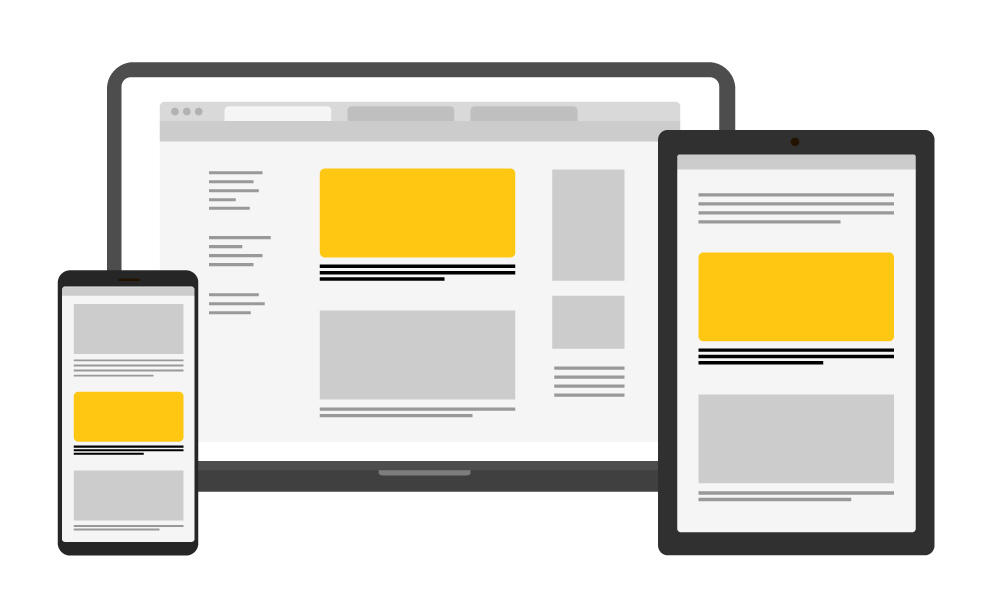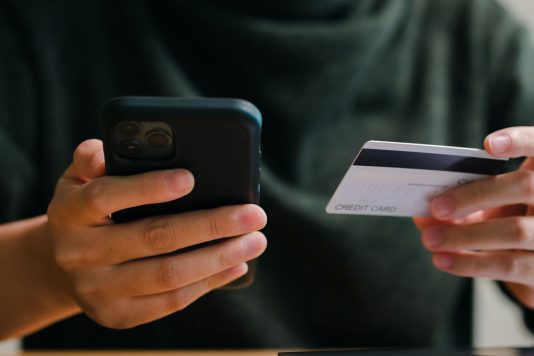August 24, 2022
Native advertising can be one of the most immersive and effective advertising experiences, so it’s no surprise that native advertising spending is on the rise. In fact, native advertising spend in the U.S. jumped 37% in 2021, and is expected to reach nearly $100 billion in 2023. In this post, we introduce you to the concept of native advertising and explain why you, as a travel marketer, should consider including native advertising in your next campaign.
What is native advertising?
The term “native advertising” was first coined by technology investor Fred Wilson at the Online Media, Marketing, and Advertising conference in 2011.
Native advertising is considered “non-disruptive marketing” because it matches the look and feel of the site it appears on and is positioned in line with where the viewer’s attention is focused as they browse the page. It blends in with the content surrounding it and looks like part of the editorial flow of the page. This contrasts with where banner ads are typically placed, in the static position at the top or the right-hand side of a website.

Why does native advertising matter?
Even though other ad formats such as standard display ads stand out more, recent studies have shown that consumers don’t pay them as much attention. In fact, consumers look at native ads 53% more often than they do standard banner ads.
What’s more, they’re not just looking at native ads more often, but also interacting with them more. According to research from the Content Marketing Institute, 70 percent of users would rather learn about products through content than traditional advertisements. And a report from Facebook found that engagement rates are 20 to 60 percent higher on native ads than on banners.
This may be due to the phenomenon known as “banner blindness,” where site visitors consciously or unconsciously ignore content or page elements they perceive to be ads, or which in any way detract from their browsing experience. Native advertising fights this ad fatigue. As long as the advertising is relevant and interesting, it can engage consumers and increase brand exposure.

Hotel advertising that can reach any traveler, anywhere
Travelers looking to book a hotel use multiple channels to find their ideal place to stay, from social media to travel websites, and more. This is why it’s imperative that you know when — and where — to reach the right traveler. Whether you’re trying to reach early-bird or last-minute bookers, our targeting capabilities can help you connect with the right traveler at the right time.
Why should travel marketers care?
As we spend more and more of our lives online, demand for native advertising will only continue to increase. As such, travel marketers would be wise to include it in their marketing strategies.
By partnering with Expedia Group Media Solutions, you can raise visibility and engage our highly qualified travel shoppers as they visit our sites to research and book their next trip. Learn more about Native Advertising or reach out to our team of experts today.




